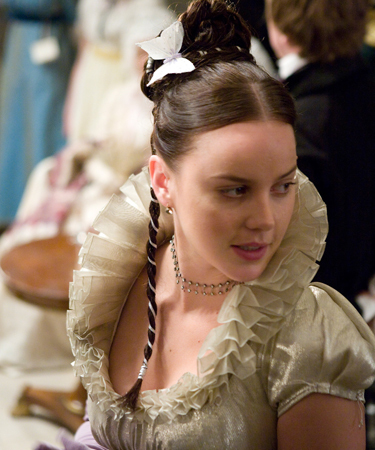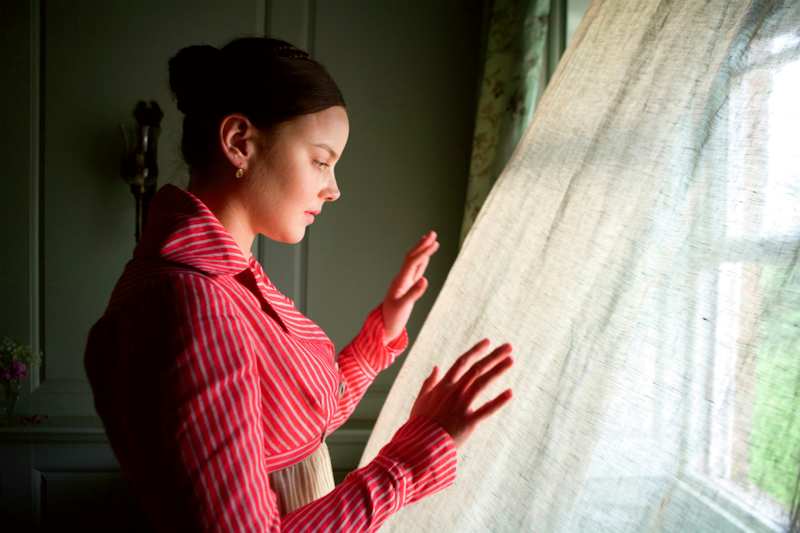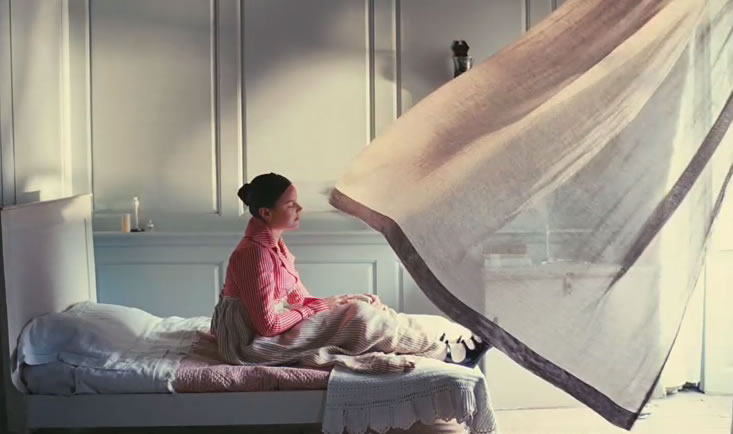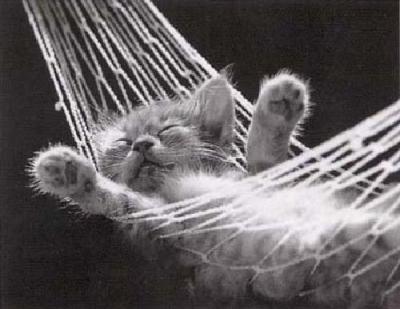The first finished copy of Pops: A Life of Louis Armstrong arrived in today’s mail.
I’m going to have a hard time getting anything done today.
* * *
To celebrate the great day, here’s Satchmo and the All Stars in 1959:
Archives for October 27, 2009
CAAF: Bright pretty young things
Ever since I saw Bright Star, I’ve been wanting to go back and see it again. It’s a gorgeous and tough-minded film; I’ve seen it praised in a couple places for its “restraint” and while that feels like an appropriate description, it might, used in the context of a movie about John Keat’s love affair with Fanny Brawne, leave a reader with the impression that Bright Star is a soft or quiet film, which it most definitely isn’t. I think the restraint being praised is actually rigor; as if Campion had a bolt of silk and shot it through every yard or so with whalebone. Yes, it’s beautiful, but it also stands up straight.
For a more extensive critique, I direct you to Dana Steven’s review. For now I just want to ooh and aah over Janet Patterson’s costumes for the film, especially the ones worn by Fanny Brawne (played by Abbie Cornish). At the beginning of the movie we learn that Brawne makes her own clothes, and throughout the film her sewing is shown as her creative outlet, an expression of being on the level of a poem or a painting. Knowing this before the film, I thought this aspect of the Fanny character might feel overly intrusive and “herstory”-ish — one of those instances where a historic figure is given modern habits and attitudes just so the audience can commend her (and along the way, itself) for being so enlightened (e.g., The Duchess) — but within the universe of Bright Star, Fanny’s dressmaking seems like a true and inspired thing. Her dresses aren’t just garments then, they’re expressions of self, crucial bits of character development — and Patterson does an amazing job with them, making them a little ludicrous and over-the-top for the occasions on which they’re worn, but also completely beguiling and graphically sophisticated. Fanny may not always be dressed appropriately, but she has a marvelous eye for beauty.
I’ve been searching for stills from the film but can’t find many that do justice to the costumes. A couple, though:

A party dress worn early in the film. As Brawne tells Keats when she sees him at the party, “This is the first frock in all of Hampstead to have a triple-pleated mushroom collar.” Just out of frame: Her lilac gloves.

This costume, a striped jacket worn to a picnic on the day they first kiss, was one of my favorites. The strawberry color is so sharp and joyful.

Patterson also served as the film’s production designer, and, as shown in this still, there’s a lovely interplay between the costumes and their settings.
There’s more about the film’s scene-setting and costuming in the little clip below. After watching it, I desperately want to run off and go to work as some sort of Campion-Patterson apprentice/lackey/fabric finder.
* I’m already anticipating how much I’m going to be rooting for Patterson to win an Oscar for them.
TT: Suspended animation
 Too much stuff to do, too many shows to see, not enough time to blog. I’m going to take the rest of the week off (except for the daily almanac entries, the weekly video, and the usual theater-related postings) and leave you in the hands of CAAF and Our Girl.
Too much stuff to do, too many shows to see, not enough time to blog. I’m going to take the rest of the week off (except for the daily almanac entries, the weekly video, and the usual theater-related postings) and leave you in the hands of CAAF and Our Girl.
I am, however, working on an update of the right-hand column. Over the weekend I pruned a couple of dozen blogs that are no longer active out of “Sites to See,” and I also added several new blogs that are worthy of your attention (some of which are by previously quiescent bloggers who have kickstarted themselves). All of the latter are marked with an asterisk. I plan to continue sprucing up the blogroll, and I’ll also be posting new Top Five, “Out of the Past,” and “TT Elsewhere” picks, so keep your right eye peeled.
I wish I could take a nap now, but deadlines beckon, so instead I’ll imagine what it might feel like to do so. In the meantime, see you later.
TT: Almanac
“I have found from experience that nothing annoys an angry critic more than to take no notice of his attack on you.”
Spike Hughes, Second Movement
